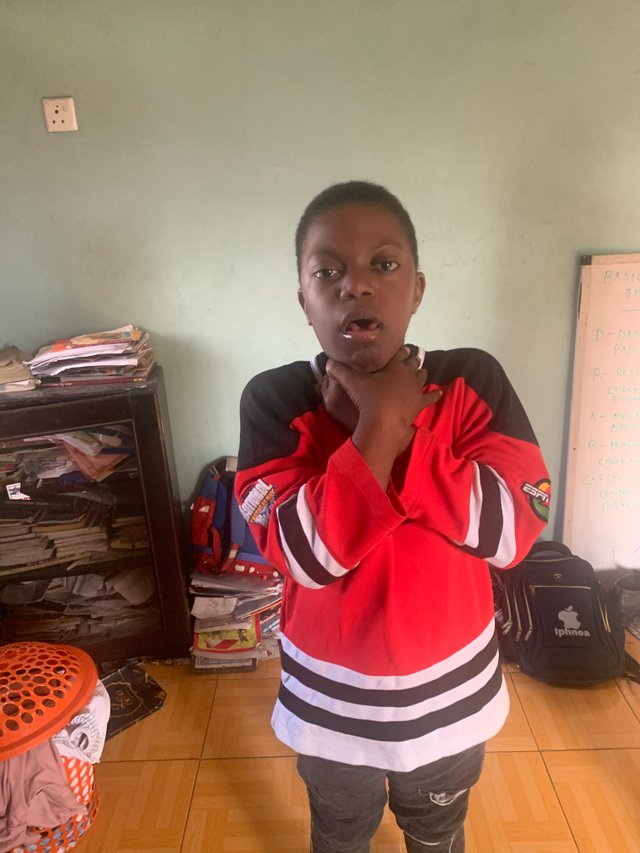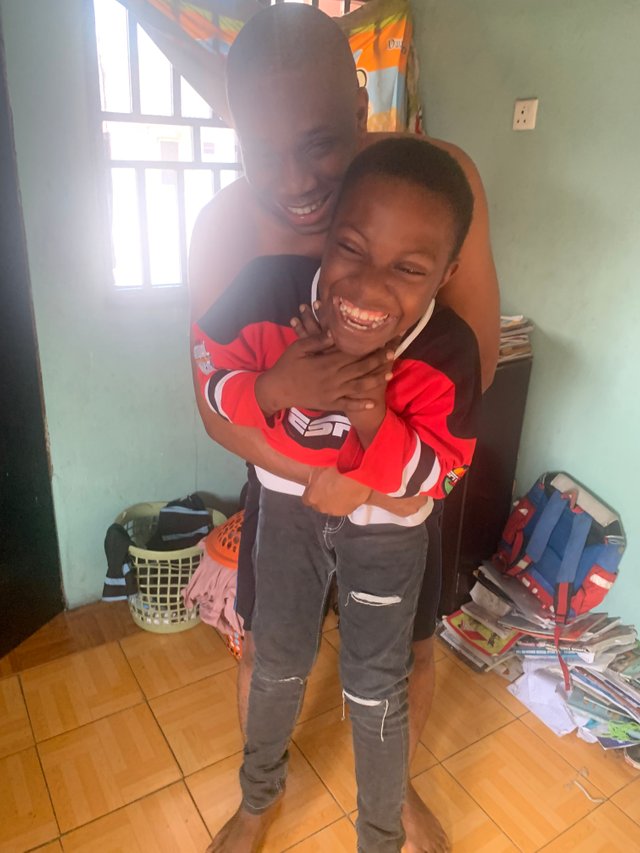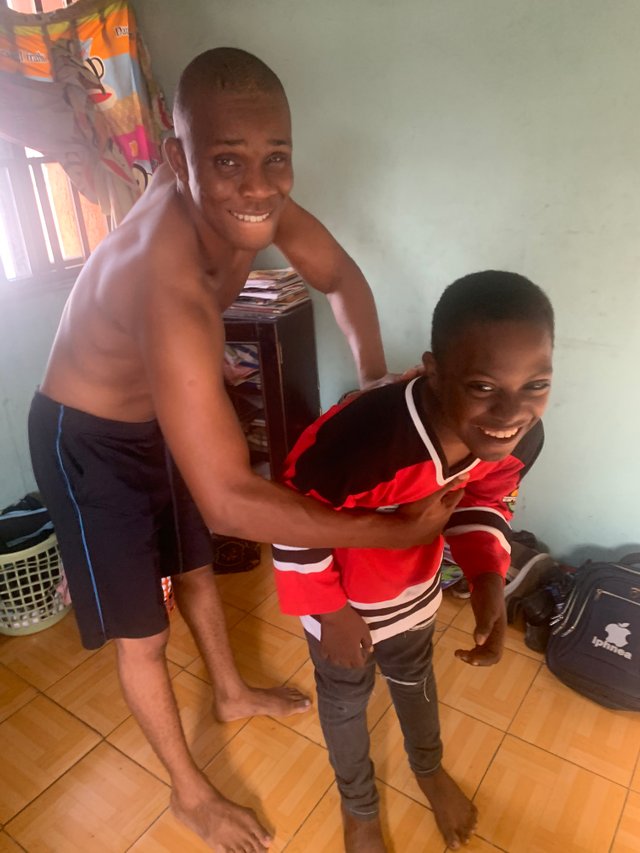Introduction |
|---|
One way or another, we must have come across people that are choking as a result of a food substance or an object blocking their lungs and making them unable to breathe. Without prompt action, it might take their lives. That’s why, I’ll be taking you on different techniques to save a life if you encounter such situations, how to identify choking signs and understanding the Heimlich maneuver and other safety techniques.
Before going further, I will be inviting @jovita30, @ceendy20, @estem.
The Mechanism of Choking |
|---|

The mechanism of choking can be described when food substances or object is obstructing the airways (the tube that carries air to the lungs). This makes it difficult for the affected individuals to breathe properly because their body is not getting enough oxygen and once it happens like this, it becomes a life threatening emergency which can quickly lead to organ damage .
Signs of choking |
|---|
So many people who aren’t medical inclined might not be able to distinguish between choking and other related medical conditions. To make it more clearer, I’ll be identifying some signs of choking;
Partial blockage
- The victim will struggle to breathe.
- Difficult in talking freely
- You may hear wheezing, coughing or gagging sound from victims.
Complete blockage
- the victim lips, skin or nails starts turning blue (called cyanosis).
- The victim will be unable to talk, cough or even breathe.
- Victim will definitely panic and use the universal choking sign. ( holding their throat with their hands).
To identify the difference easily, know that if they can talk or cough, it’s “partial choking”. If you can’t hear any sound at all, it’s “complete choking”, you need to act fast to save victims life.
Demonstrate the Heimlich maneuver. |
|---|

- stand at the back of the victim been choked.
- Be calm and assure them that you are there to help
- Wrap your arms around their waist.
- Make a fist and place above their navel well below the rib cage.
- Grab your fist with the other hand.
- Then you push inward and outward, as if you’re trying to lift them up.
- Keep doing this until whatever food substance or object that is blocking their lungs is forced out or they start coughing or breathing again.
Important Safety Tips |
|---|
For those that are large in size or pregnant, is preferable you place your hands on the middle of their chest instead of their tummy and for kids below 1 year old, back blow and chest compression is the technique you use for them.
Follow Up |
|---|
Once the food substance is forced out, next thing is to check out for their breathing condition.
If they are doing okay, is important they visit the hospital to ensure no injuries occurred during dislodge.
If the victim can breathe, you immediately carry out CPR till emergency response arrive.
A Real-Life Example: What to Do When Someone Chokes |
|---|

Let’s assume that a friend and I went to an eatery and while we were eating, One of us starts choking because the food he ate has blocked his lungs. Suddenly, he can’t speak and had clutch his throat.
My first line of action is to stay calm but act fast by asking someone nearby to call for emergency service
Ask him to try to cough or breath in order to know what I’m dealing with here. If it’s partial or complete blockage of the lungs.
Then reassure him that everything is going to be alright.
The next step is to stand slightly behind the person in order to perform back blow.
To do that, I’ll lean him forward, then use the heel of my hand to his back firmly in between his shoulder blades for 5 times.
Once I’m done with that, I’ll switch to Heimlich Maneuver by wrapping my arm around his waist and deliver 5 upward abdominal thrusts.
I will keep alternating this two procedures until the food substance or object is out of his mouth.
Then when he regains consciousness, It’s important he gets to the hospital for check up. So the doctors can examine him to ascertain if there is any injury.
- If unfortunately, he’s unconscious, I’ll rush to give him a CPR to resuscitate him back to life. (30 chest compression and 2 rescue breath).
Once you know all this process, be rest assured, you can save a life if you encounter such problems.
Hi! It is very important to have basic knowledge about choking and the maneuvers that can help us control it, good thing you had a fun partner to help you with the examples, I was helped by my younger brother with the examples.
Have a nice day!
Downvoting a post can decrease pending rewards and make it less visible. Common reasons:
Submit
It wasn’t easy locating one … I had to go to my sister’s house to use her kid for the assignment. But the challenging part for me was the creation of images using Canva. It wasn’t easy. I tried to use Bing AI, that one was even the worst..
But in all, the task was fun practicing it with the kids…😊😊 a moment of bonding with them..
Downvoting a post can decrease pending rewards and make it less visible. Common reasons:
Submit
Student Name: @sbamsoneu
Overall grade: 5.9
Plagiarism Check: Pass
AI Use: No
General Feedback: The student has shown an average understanding of this week's course. There were a few shortcomings which I'm sure will be avoided in the upcoming posts.
Thank you.
Regards,
@huzaifanaveed1
Downvoting a post can decrease pending rewards and make it less visible. Common reasons:
Submit